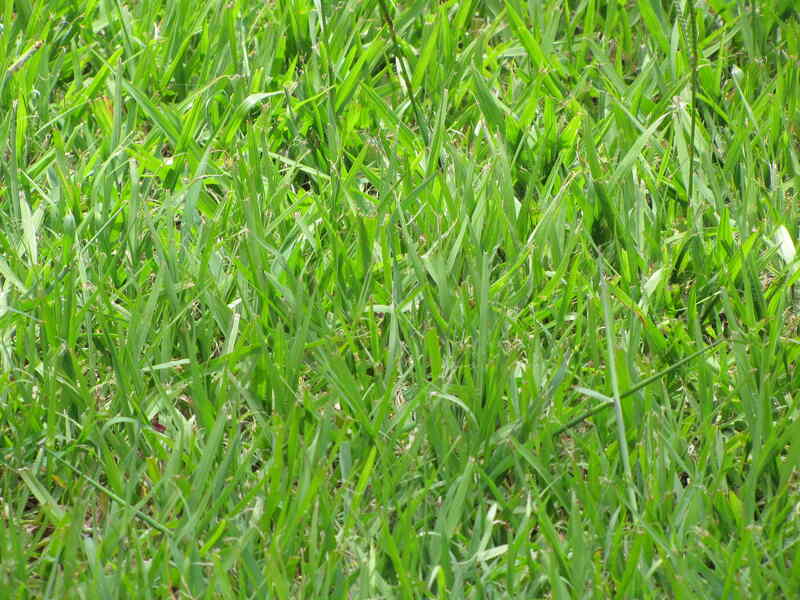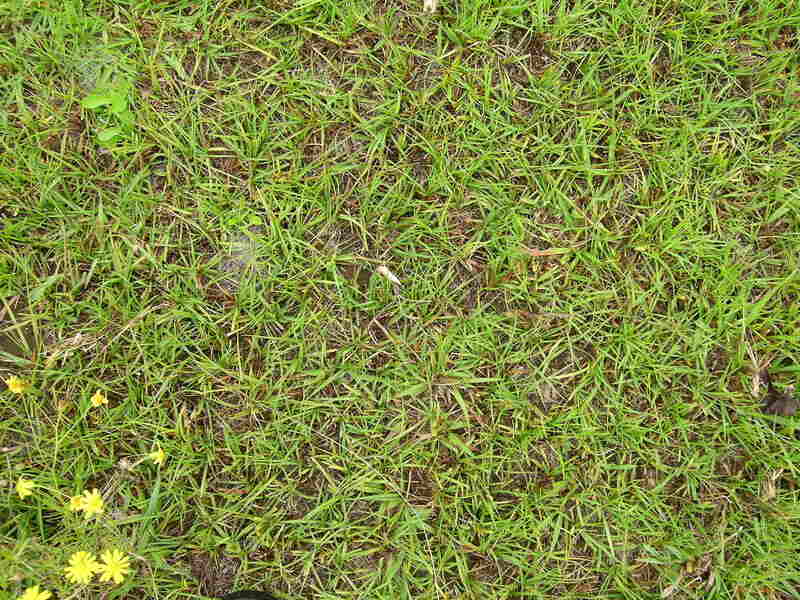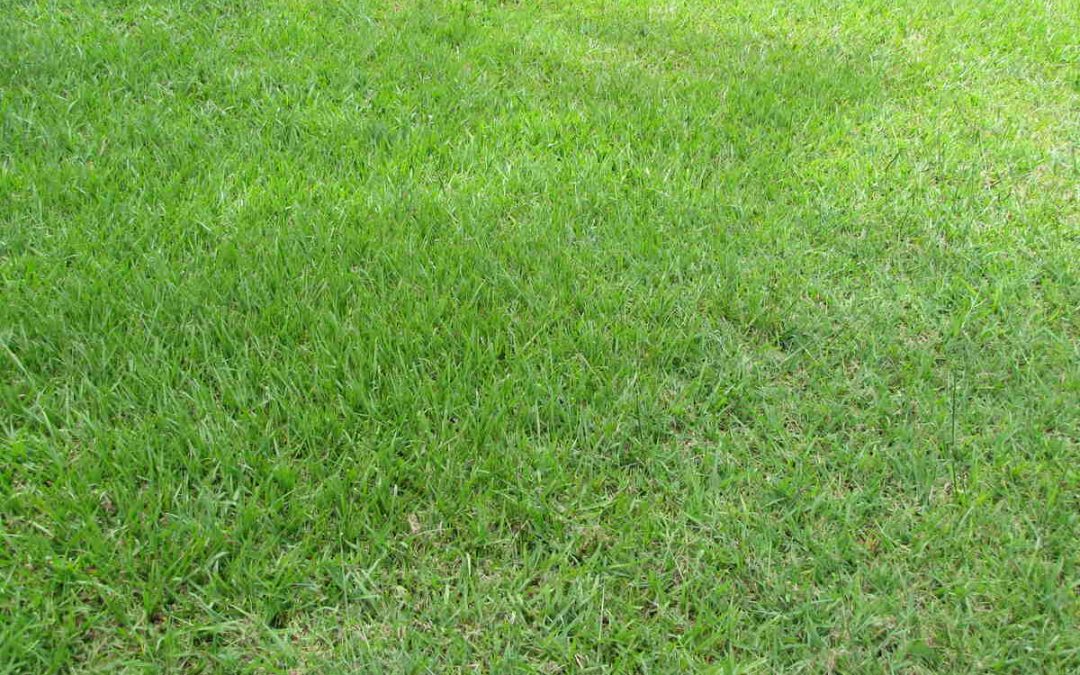Looking for a low-maintenance turf option for your Southern lawn? Do you have predominantly sandy or low-fertility soil that doesn’t support Zoysiagrass or buffalograss? If either of these questions hit home with you, it may be worth a shot to try growing a Bahiagrass lawn instead, and we’ve got all the information you need!
Bahiagrass at a Glance
Classification: Warm-season grass
Spreads by: Rhizomes
Shade tolerance: Low — needs full sun
Soil type: Tolerates most soils, does well in sandy loam
Soil pH: 5.5-6.5
Mowing height: 3-4 inches
Drought resistance: High
Foot traffic tolerance: Low
Maintenance needs: With a moderate to high growth rate, it needs frequent mowing
Potential for disease: Low
Insect pest tolerance: Moderate
Other notes: Bahiagrass is grown along the Gulf Coast and in the Southeastern U.S. It does best in acidic soils and is not the best grass if your soil is naturally alkaline. It doesn’t tolerate salt water well.
The Basics of Bahiagrass
While this may come as a surprise to many, Bahiagrass (Paspalum notatum) is used mainly as a pasture grass and for hay production across the southeastern United States. However, selected varieties—Argentine and Pensacola, especially—work well as turfgrass species for lawns. Behind St. Augustinegrass, Bahia is the second most common turfgrass across much of the southeastern United States, and for a good reason.
Bahiagrass is well-adapted to low-fertility soils and is excellent for homeowners wanting a low-maintenance, low-input lawn. It puts down a deep root system that spreads via underground rhizomes. This root system makes it great for areas prone to drought or lawns without an irrigation system. However, Bahia doesn’t form the same dense carpet as other warm-season grasses that spread using above-ground stolons.
Pros and Cons of Bahiagrass

Bahiagrass is not the best choice for every Southern lawn, but it is ideal in many situations, especially if you have many acres of property to cover.
Pros:
✓ Low water needs
✓ Low fertilizer requirements
✓ Lower maintenance than many other grass types
✓ Deep root system
✓ Does well in sandy and other low-fertility soils
✓ Minimal insect and disease problems
✓ Thatch is generally not a concern
✓ Establishes from seed or sod
Cons:
✗ Does not form a dense carpet
✗ Seed head stems dull mower blades quickly
✗ Seed heads need regular mowing, or they become an eyesore
✗ Only a few varieties are available for home lawns
✗ Open growth habit leaves space for weeds to grow
How Do You Establish Bahiagrass?
If you’re considering switching your lawn to Bahiagrass or using it to start grass at a fresh build, you have the option of seeding or laying sod.
However, some crucial differences between the two methods must be considered when choosing.
There’s no denying that planting grass from seed is by far the cheaper of the two options and is much easier labor-wise to “install.” For homeowners with economic constraints, this makes seeding attractive. On the flip side, if you opt for seeding, the grass needs considerably more babysitting during the establishment process and takes quite a bit of time to grow into a beautiful lawn.
Laying sod comes with a pretty hefty price tag, and the process is back-breaking – even more so for Bahiagrass sod, as it tends to fall apart unless you spend extra money for sod with a netting material to hold it together. That being said, once you get it down, you automatically have a nice green lawn, and it doesn’t take micromanaging to get it established like seeding does.
The Cost of Starting Bahiagrass
Bahiagrass Seed: Depending on where you purchase seed from, expect to pay $100-$110 for a 25 lb bag of Pensacola Bahiagrass seed.
Bahiagrass Sod: A 400-square-foot pallet of Bahiagrass sod costs approximately $113 to $134.
When To Start Bahiagrass
Bahiagrass Seed: Getting grass seed down in late spring or early summer is best. Warm-season grasses like Bahia grow the most when the air temperatures hit a whopping 85 to 95°F, so you want to plant just before temps climb this high. This helps your grass establish as quickly as possible, putting down a sound root system so it is well-prepared to go dormant and survive the winter.
Note: Not all grass seeds you scatter will germinate; some Bahiagrass seeds lay dormant and may sprout later in the season.
Bahiagrass Sod: Sod is a little more forgiving timing-wise and can be put down whenever you have time to tackle the project. However! You’ll have a much easier time getting it established if you do it in the spring or fall when temperatures are more moderate.
Overseeding With Bahiagrass
Since Bahia grows a little more sparsely than other turfgrasses, you can overseed your lawn annually with more Bahiagrass seed to keep it as thick as possible. Remember that no matter what you do, it will never grow as thick as Zoysia or other turfs with dense growth habits.
Caring For Your Bahiagrass Lawn

Yes, I’ve said that Bahiagrass is low-maintenance, but that doesn’t mean it doesn’t need your attention at all. Here are the basic rules of Bahiagrass lawn maintenance to follow.
Water Requirements
It was mentioned that Bahiagrass is fantastic for large acres and properties without irrigation. This doesn’t mean it will stay green regardless of how little or how much water it gets.
When you’re growing Bahiagrass without irrigation, it will go into a state of dormancy and turn brown during long periods of drought. Once the rain returns, the grass greens back up and resumes growing. In climates such as Florida, where it rains most days, you may not ever need to give a Bahia lawn supplemental water.
If you can water your lawn, it’s best to keep an eye on it and watch for signs it needs water. You’ll see folded grass blades, a color change, and footprints will remain on the grass after you walk across it. So, if you see these things, turn on the sprinklers and give your grass one-half to three-quarters of an inch of water to get it green and perky.
When and How to Fertilize
Fertilizer specifics will depend on the soil in your yard and how you’ve managed it before. You need to account for soil type, organic matter content, if you’ve mulched clippings back into the lawn, etc. To get an exact recommendation, perform a soil test before seeding or laying sod.
As a general rule of thumb, apply 1 to 4 pounds of nitrogen for every 1,000 square feet of yard annually.
Always check local guidelines for lawn fertilizer blackout dates or ordinances regarding its application.
Mowing Recommendations
During the summer, Bahia is known for its characteristic Y-shaped, two- or three-branched seed heads. To keep them in check and your grass looking nice, expect to mow your lawn every one to two weeks. During the hottest parts of summer, you may need to cut it a little more frequently unless you don’t mind the seed heads, but you’ll want to keep your grass 3 to 4 inches tall.
The seed head stems are tough on mower blades, so you may need to sharpen them more frequently than with other grasses. Keeping mower blades sharp will help give you an excellent crisp cut when you mow instead of tearing the tops of the grass off with dull mower blades.
Weed Management
Keeping a Bahiagrass lawn weed-free is a challenge since Bahia doesn’t grow as thick or dense as some grass types. Weeds love to come in and reside in those bare spots and compete with your grass for essential nutrients, water, and sunlight. The best defense against weeds is to maintain a healthy lawn.
To do this, keep your grass mowed to the proper height, irrigate when you see signs of drought stress, and fertilize throughout the growing season. You can also consider periodically overseeding to help fill in some bare spots where the weeds like to hang out.
When proper lawn management doesn’t succeed in weed control, pre-emergent and post-emergent herbicides are available in both chemical and organic formulations. Just stay away from products containing atrazine and metsulfuron because they damage Bahiagrass.
Insect and Disease Problems
Fortunately, Bahia lawns experience very few insect and disease problems. Watch for mole crickets, Bahiagrass billbugs, and fall armyworms, as they may cause issues in Bahiagrass lawns.
FAQ About Bahiagrass
What is the difference between warm-season and cool-season turfgrasses?
The two classifications of turfgrass are distinguished by where they have adapted to grow the best. Warm-season grasses prefer hot summers and mild winters and grow in the South. Cool-season grasses like temperate summers and can tolerate brutal winters; they grow mainly in the northern United States.
Bahiagrass is a warm-season grass.
Does Bahiagrass need aerating or dethatching?
Bahiagrass is typically grown on sandy soils in coastal areas, so there isn’t a need to aerate, as these soils don’t compact. Also, it isn’t a grass type that develops a lot of thatch, so dethatching isn’t usually necessary.
Is Bahiagrass a weed?
Sometimes, when it’s growing where it isn’t wanted, Bahiagrass is considered a weed rather than a turfgrass. If Bahiagrass is a weed in your book, and it’s overrunning your lawn, see our guide on how to get rid of Bahiagrass.
When to Hire a Lawn Care Pro
If you think a Bahiagrass lawn is a good fit for your landscape, contact one of our highly-qualified local lawn professionals. They can help get your lawn started or care for your established turf, giving you more time to spend doing what matters most to you – without sacrificing the quality of your lawn.
Main Image Credit: Forest and Kim Starr / Flickr / CC BY 2.0

